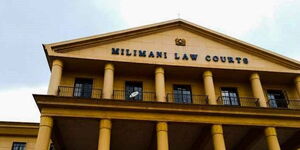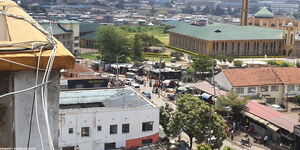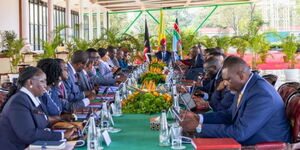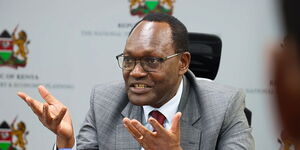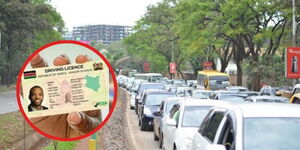Following public outcry, Geoffrey Monari, the CEO of the Higher Education Loans Board (HELB), has justified the need for the new funding model.
In an article titled 'Why We Had to Change How We Fund Higher Education in Kenya', published on August 6, Monari defended the new funding model, describing the overhaul as necessary due to the shortcomings of the previous system, which left students underfunded and without a means of determining their level of need.
In 2023, a redesign of the system was proposed that would use 12 socio-economic indicators to determine how much each household contributes, and subsequently how much students would receive in government loans.
Despite significant opposition, including legal action, the new funding model was implemented. Monari noted that the pushback may have been due to a lack of public awareness of the necessity and changes involved.
"We could have better explained why these changes were necessary, what state our universities were in, and what kind of future we’re working toward. We didn’t paint a clear picture of the storm we were trying to steer out of. Or why this reform was so urgent," he admitted.
"So today, I want to share a bit of that journey. Understanding the past helps us make sense of the present and gives us the clarity we need to keep building something better."
He traced its history back to 1952, when the British colonial government created the Higher Education Loans Fund (HELF) to support Kenyan students studying abroad up to 2023, when the new funding model was established.
Subsequently, higher education funding came in different forms until July 1995, when HELB was officially established through an Act in Parliament to create a dedicated institution to manage loans and ensure access remained possible despite budget cuts, Monari highlighted.
In the years between 1995 to 2016, public university students were funded at a flat rate of Ksh120,000, including Ksh70,000 from the government and Ksh50,000 from HELB and households.
Although he termed this period as the stagnant years, he attributed its long run to the introduction of Module II (self-sponsored or parallel) degree programs, where students paid the full cost without government sponsorship.
These parallel programs would be done away with in 2016 when the government resolved that all students with a C+ and above would be admitted under the Government Sponsored Student Programme (GSSP), scrapping the financial lifeline.
This, Monari noted, is where the real downfall started with the government scrambling to mend the failing system with proposals that never held, including introducing the Differentiated Unit Cost (DUC) model, through amendments to the Universities Act with the aim of funding 80 per cent of the actual cost per student.
This dream would crush and burn, as the highest DUC ever achieved was 66 per cent in 2017/18. By 2022/23, it had dropped to 48 per cent, and by 2024/25, it had fallen further to a low of 23 per cent.
In addition to revenue collapse, debt also soared, and by late 2022, public universities were carrying a cumulative debt of Ksh72 billion, with some like Moi University and Egerton University facing several closures over student unrest, necessitating a serious change in how students were funded.
"In 2023, we made a bold choice to start again. The new funding model isn’t a band-aid. It’s a full redesign: one that’s fair, data-driven, and sustainable. At the heart of it is a crucial tool: the Means Testing Instrument (MTI)," Monari stated.
"For years, Kenya lacked a scientific way to assess who truly needed financial support. The old MTI, introduced in 1997, hadn’t been meaningfully updated until 2023. It had become rigid, outdated, and blind to modern economic realities."
The revamped system uses 12 socio-economic indicators, which include household income, parental occupation, number of dependents, type of school attended, orphan status, county/location, marginalisation, physical disability and chronic illness, among others.
There are five bands, with band one being the most needy and band five being the ones that need the least help. Band one students will get 95 per cent of their education costs covered - 70 per cent as a scholarship and 25 per cent as a loan - plus an upkeep loan of Ksh60,000 a year.
In band five, students will get 30 per cent as a scholarship, another 30 per cent as a loan, and an upkeep loan of Kshs40,000.

